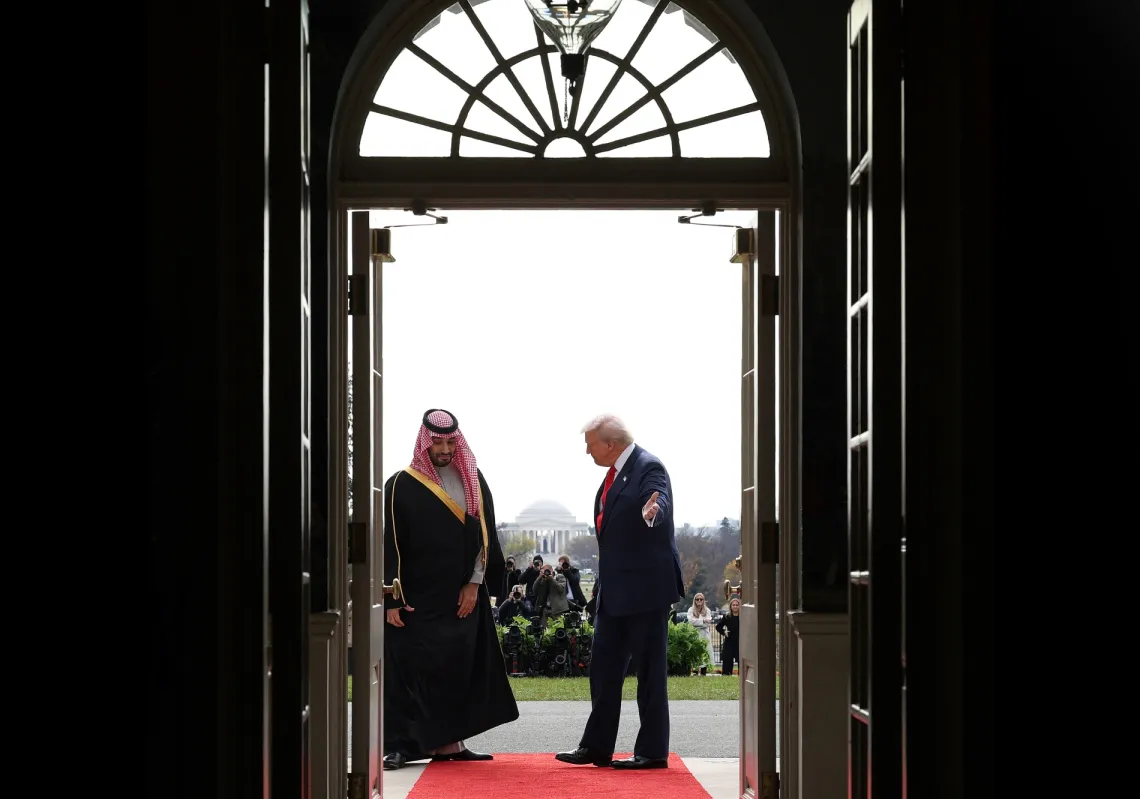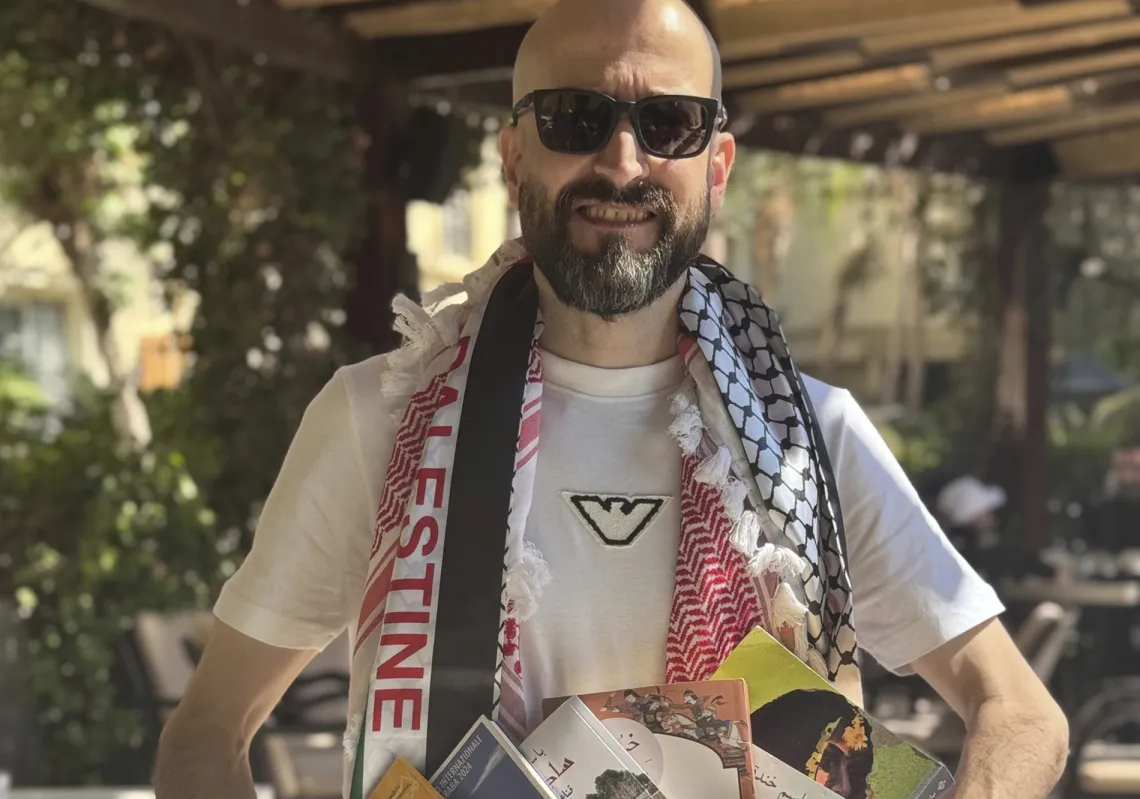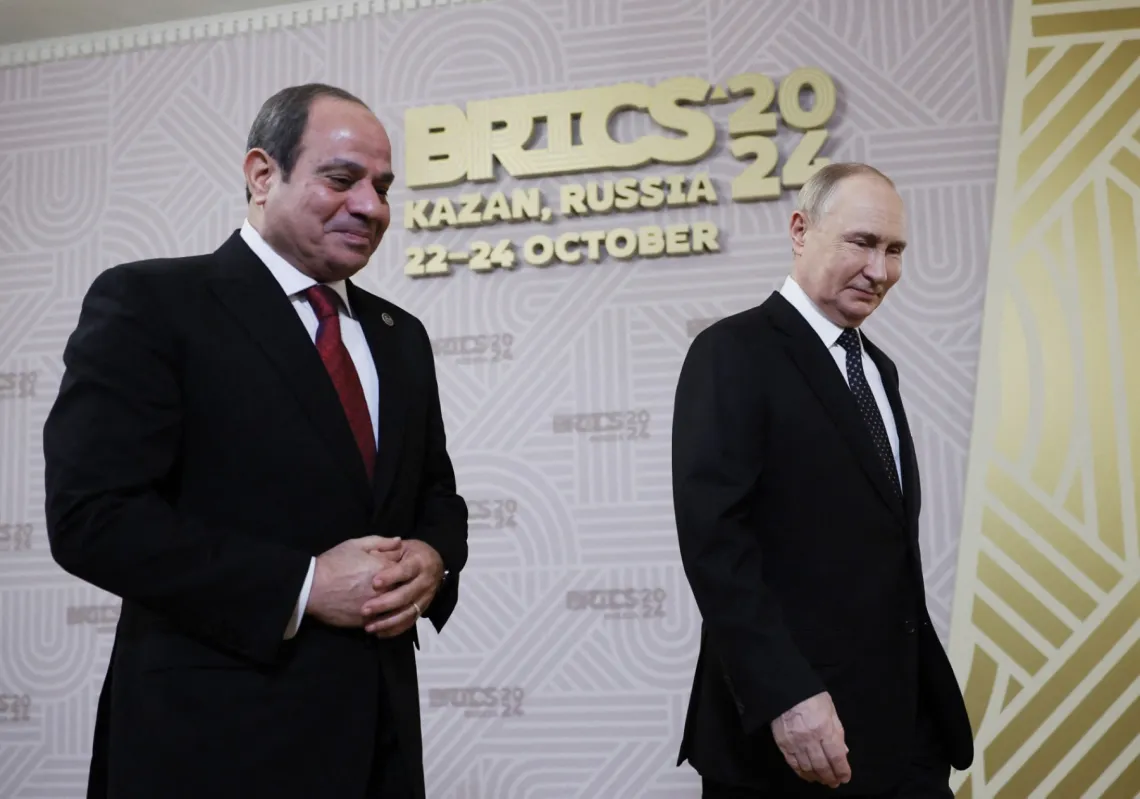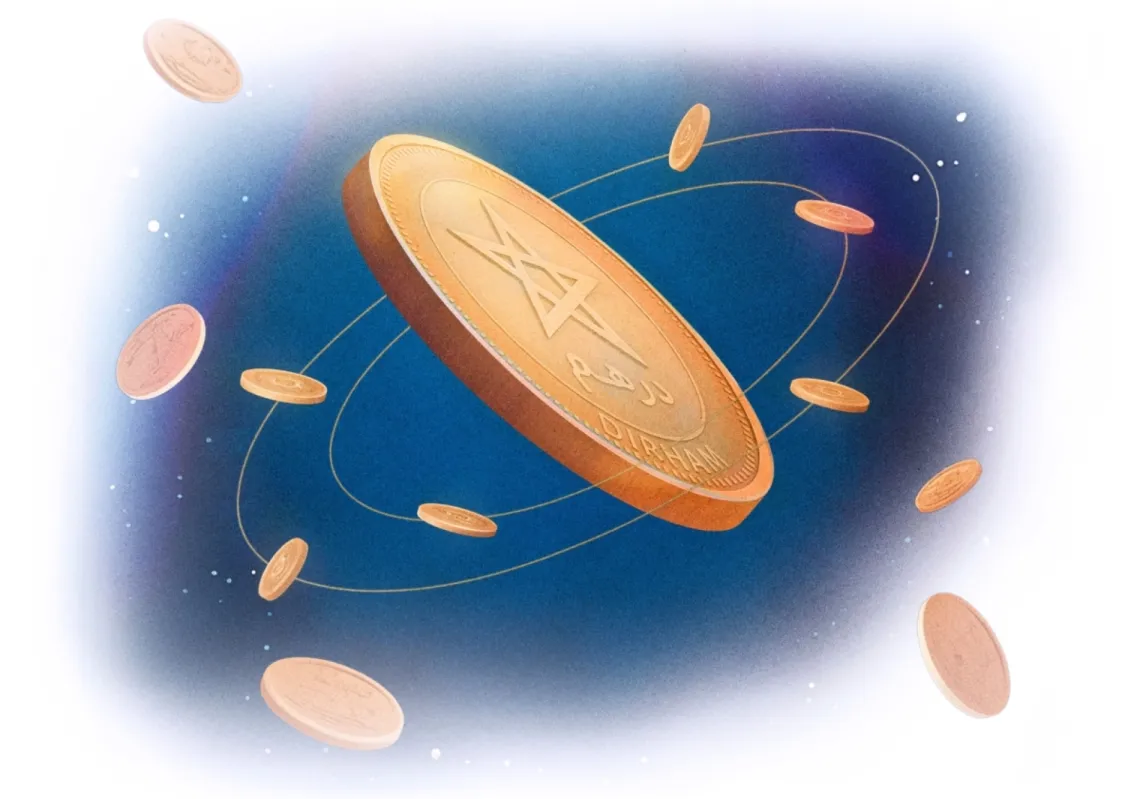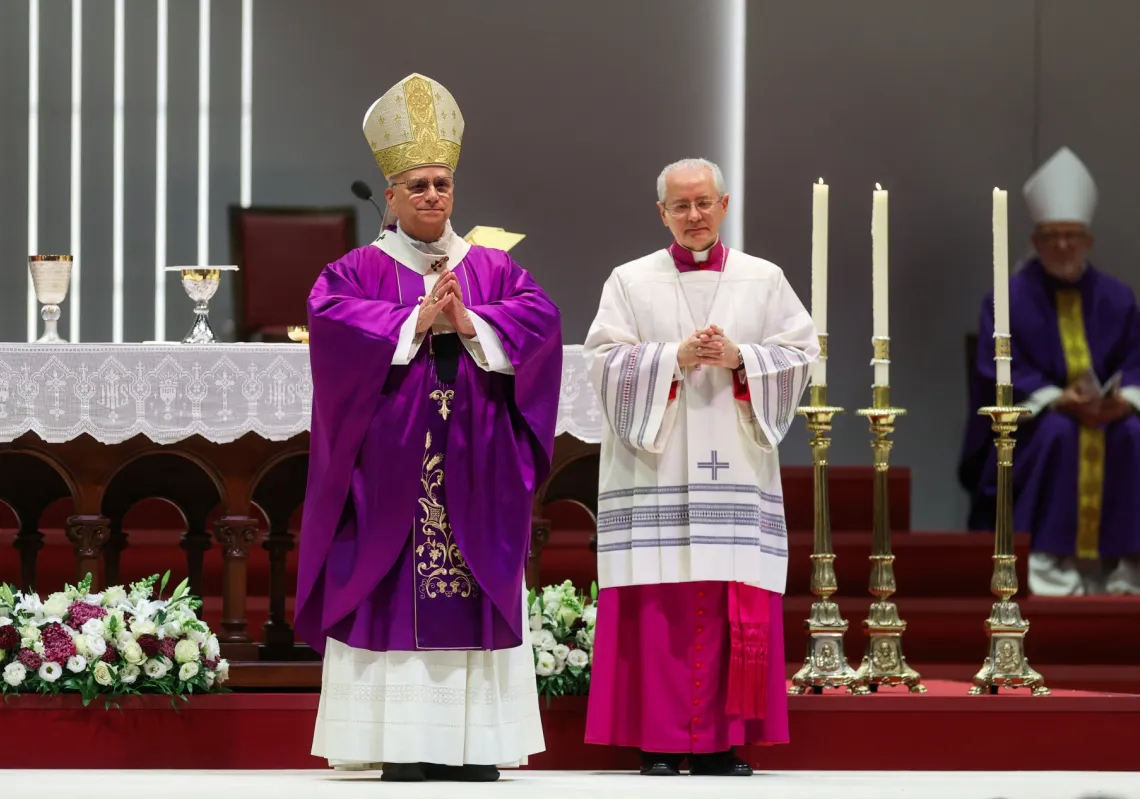 Imam Musa al-Sadr[/caption]
Imam Musa al-Sadr[/caption]
by Hanin Ghaddar
Last month, a former Iranian parliamentarian made a statement that brought back all the mystery surrounding Moussa Al-Sadr disappearance in 1978, one year before Khomeini’s Islamic Revolution in Iran. Jalal Eddine Al Faresi said that Al-Sadr deserved to be killed because “he called the Christians to pray in mosques, and that’s why he deserved to die,” he stated, adding that Iran “decided that Al-Sadr is worthless and that his killing will have no value. He was then killed by Gadhafi.”
This statement, although not surprising to many in Lebanon, caused serious outrage in both Lebanon and Iran, and led his nephew to call for an appropriate response by the Iranian general prosecutor. This statement was the most significant Iranian statement since Sadr disappeared, considering that it came from someone who was very close to Khomeini. In addition, it opened the door to the most challenging question: Was Khomeini involved in the Sadr disappearance or killing?
AL-SADR – SHAH TIES
According to the book, “The Fall of Heaven: The Pahlavis and the Final Days of Imperial Iran,” which was published in 2016, the author - Andrew Scott Cooper - asserts that the shah and Al- Sadr had secret contacts despite known tensions, and that the shah may have wanted Al-Sadr to return to Iran to thwart Ayatollah Khomeini’s ambitions before the revolution. This would have changed everything, only if it worked.
Al-Sadr apparently distrusted Khomeini, and has shared this distrust with the shah, according to the book, which also argues that Al-Sadr was the only hope for the coexisting of Shiism and modernity. His disappearance opened the way for the militant Shiism in Iran.
When the Qaddafi government collapsed in 2011, many in Lebanon thought that Al-Sadr was alive, and had been held in a secret Libyan prison for more than 30 years. In 2016, more questions were raised when Qaddafi’s youngest son, Hannibal, was detained in Lebanon by judicial officials who interrogated him about the mystery of the missing imam. But the fate of Al-Sadr was never revealed.
According to the book, Al-Sadr sent a message to the shah through an Iranian agent in Beirut, offering to speak with Ayatollah Khomeini on the shah’s behalf. As the shah agreed to the meeting, Qaddafi offered to arrange the meeting between Al-Sadr and Khomeini’s top aide, Mohammad Beheshti, who was behind the insurgency against the shah. Al-Sadr went to Libya accompanied by his aide, Sheikh Mohammad Yaaqoub, and a Lebanese journalist, Abbas Badreddine.
The meeting never happened and Al-Sadr-decided to go back to Lebanon. He disappeared at the airport before boarded the plane.
[caption id="attachment_55255522" align="aligncenter" width="2835"]
 A Lebanese security officer stands next to a banner of Musa al-Sadr at a control point on September 24, 2013 in Beirut. (Getty)[/caption]
A Lebanese security officer stands next to a banner of Musa al-Sadr at a control point on September 24, 2013 in Beirut. (Getty)[/caption]
AL-SADR AND HEZBOLLAH
Al-Sadr is originally from Qum but moved to Najaf in Iraq for religious training. He went back to Lebanon in an attempt to help the Shia through a political program and message. He was close to Syrian president Hafez Al-Assad and issued a fatwa in 1971 stating that the Alawi sect was in fact Shia, providing Assad with the legitimacy to maintain power. In addition, Sadr built a religious school in the South that hosted several men who became major players in the Iranian Revolution and Hezbollah leadership, like Sheikh Naim Qassem, Hezbollah’s Deputy Secretary-General and Sayyed Hassan Nasrallah. Unintentionally, he might have helped pave the way for Hezbollah.
However, his Najaf training distanced him from Wilayat Al-Faqih, and increased the ridge between him and Khomeini, whom he met and befriended in Najaf. In addition, Al-Sadr’s goal was to unify the Lebanese – Muslims and Christians – not to unify the Shia in the region. He cared for national identities and wanted the Lebanese Shia to care for their country and other communities, before subscribing to their Shia identities or sectarian rhetoric. If he succeeded, Hezbollah would not have found the same place they enjoy today within the Shia community in Lebanon.
Of course, his religious training and political message has also paved the ground for the militarization of the Shia of Lebanon, after decades of feeling marginalized. This political rhetoric that he built for the Shia was later used as a tool for empowerment by Hezbollah. As Al-Sadr disappeared, the gap that he left in Lebanon’s Shia community was easily filled by Hezbollah, mainly because Hezbollah was clearer about their resistance goals more than their connection to the Islamic Revolution ideology.
The Shia community – empowered by Al-Sadr – saw Hezbollah as a resistance force all through the eighties and the nineties. It wasn’t until recently, mostly after going to Syria, that Hezbollah’s Shia ideology and link to Iran became more exposed.
THE SHIA TODAY
Now that Hezbollah is no longer representing a resistance force to the Shia community, or to the Lebanese at large, Al-Sadr’s legacy is becoming more significant. Besides the Amal movement and its followers, many Lebanese Shia are looking for a different kind of alternative, one that will not lead to their isolation and militarization. Al-Sadr is not coming back anytime soon, if ever; however, his legacy is still present today among certain groups, especially those who were trained in Najaf or has connections to Najaf and its leadership.
This legacy – in addition to the Najaf connection – could be revisited to stress the Lebanese identity among the Shia, and dissociate Lebanon from regional conflicts that are led by Iran. There is a fertile ground for this kind of rhetoric in Lebanon today, mostly because people are worried about Hezbollah’s victory in the upcoming parliamentary elections, which will drag Lebanon further to its regional conflicts and wars, and isolate Lebanon, the Lebanese, and mainly the Shia from the region.
Iran might have got rid of Moussa Al-Sadr via Ghaddafi, and this might have helped them build their state in Lebanon via Hezbollah, but that doesn’t mean that Al-Sadr legacy has died with him. If anything, it is growing today in internal Shia debates and concerns.
However, exposing Iran’s involvement in Al-Sadr’s disappearance is a must. Because his legacy and message are still alive in Lebanon, Iran’s involvement would put Hezbollah in a very difficult position, mainly with its ally Amal movement and its leadership. Hezbollah cannot afford to lose more popular support, as the wars in the region still unfold. If people started pointing their fingers at Khomeini and Iran for killing Al-Sadr, many bonds will break, and the Shia in Lebanon will probably start remembering who they were before Hezbollah took over their collective memory. Jalal Eddine Al-Faresi made a mistake, and there is no going back. The challenge is how to take advantage of his mistake.
*Hanin Ghaddar is the inaugural Friedmann Visiting Fellow at The Washington Institute.



